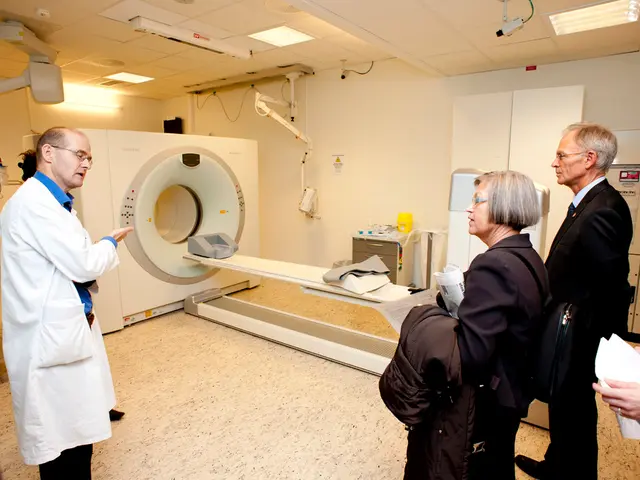Guaranteeing the Secure Protection of Community Resources by Local Authorities
In today's interconnected world, ensuring the safety and security of local communities is a complex task that requires an integrated approach. This approach encompasses physical asset protection, digital security, community engagement, and collaboration with local stakeholders.
**Physical Asset Protection**
To safeguard physical infrastructure and critical assets, local governments should conduct regular risk assessments to identify vulnerabilities. Collaboration with local agencies, such as dam safety authorities and emergency management, is essential in gathering data and coordinating mitigation plans, especially for natural disaster risks and critical infrastructure. Regular security reviews and maintenance on physical security systems, like surveillance and access controls, are also crucial.
**Digital Security**
In the digital realm, establishing a formal cybersecurity policy is vital. This policy should define roles, responsibilities, and protocols across departments. Implementing multi-factor authentication and zero-trust architectures can control network access and reduce attack surfaces, particularly for elevated privilege accounts. Regular patch management, daily software and operating system updates, and robust anti-virus and spyware signature updates are also essential practices.
**Community Engagement**
Promoting cybersecurity awareness in the broader community is key to enhancing overall cyber hygiene. This can be achieved through public service announcements, educational materials, and workshops. Encouraging public participation in planning processes for mitigation and emergency preparedness can build resilience. Transparency in communicating security policies and incident responses helps build trust and cooperation.
**Collaboration with Local Stakeholders**
Collaborating with state and local agencies, private sector partners, and community organizations in security and mitigation planning is essential. Establishing cybersecurity planning committees with IT leaders from various sectors can ensure aligned, strategic governance and resource sharing. Leveraging federal programs and grants can enhance funding for security capabilities and training. Sharing threat intelligence and best practices across government levels and sectors can build a united defense posture.
By combining these strategies, local governments can build comprehensive security programs that protect their assets, information, and communities effectively and resiliently. Collaboration with local businesses, schools, and nonprofits can significantly enhance security efforts, making a community more resilient.
Local businesses may provide funding or supplies, contributing to safety enhancements. Encouraging resilience involves nurturing community trust and fostering engagement, creating resilient and secure environments. Utilizing digital platforms to spread awareness can make information accessible and engaging. The intangible resources crucial for local government security include public trust, community engagement, and the safety of citizens.
In conclusion, a robust security framework for local governments should encompass both physical and digital dimensions. Encouraging proactive measures from citizens, hosting workshops on topics like cyber safety and neighborhood watch, and establishing feedback mechanisms can foster collaboration and strengthen community bonds. Regular security audits and continuous training for staff are also crucial to staying updated on best practices in data security. Lastly, access control measures, such as restricting access to important facilities, can reduce the chances of vandalism and theft. By adopting these best practices, local governments can build secure, resilient, and engaged communities.
- To enhance the overall security and resilience of local communities, local governments could collaborate with fashion media and educational institutions to conduct workshops focused on digital safety, cybersecurity awareness, and education-and-self-development.
- Utilizing photography to document fashion events and community engagements could help in raising awareness about various security protocols and best practices, further strengthening community bonds.
- To support these efforts, local governments could encourage businesses involved in the fashion industry to adopt security measures within their premises, ensuring the safety of employees and assets, thereby contributing to the overall safety and beauty of the local community.




